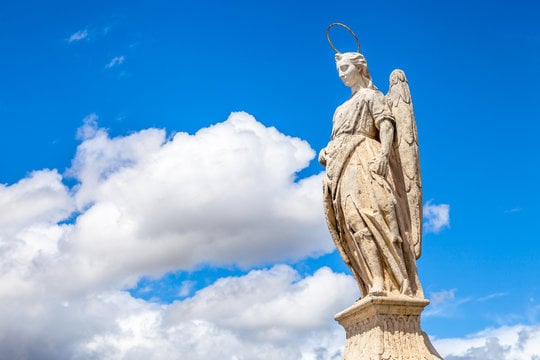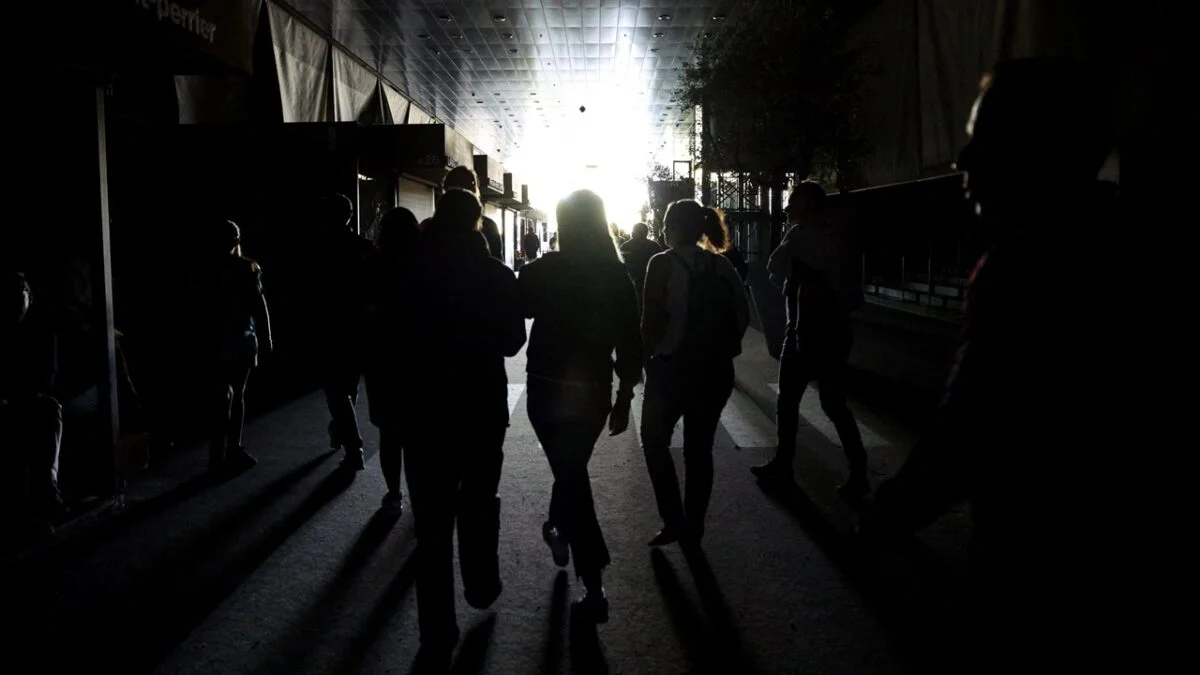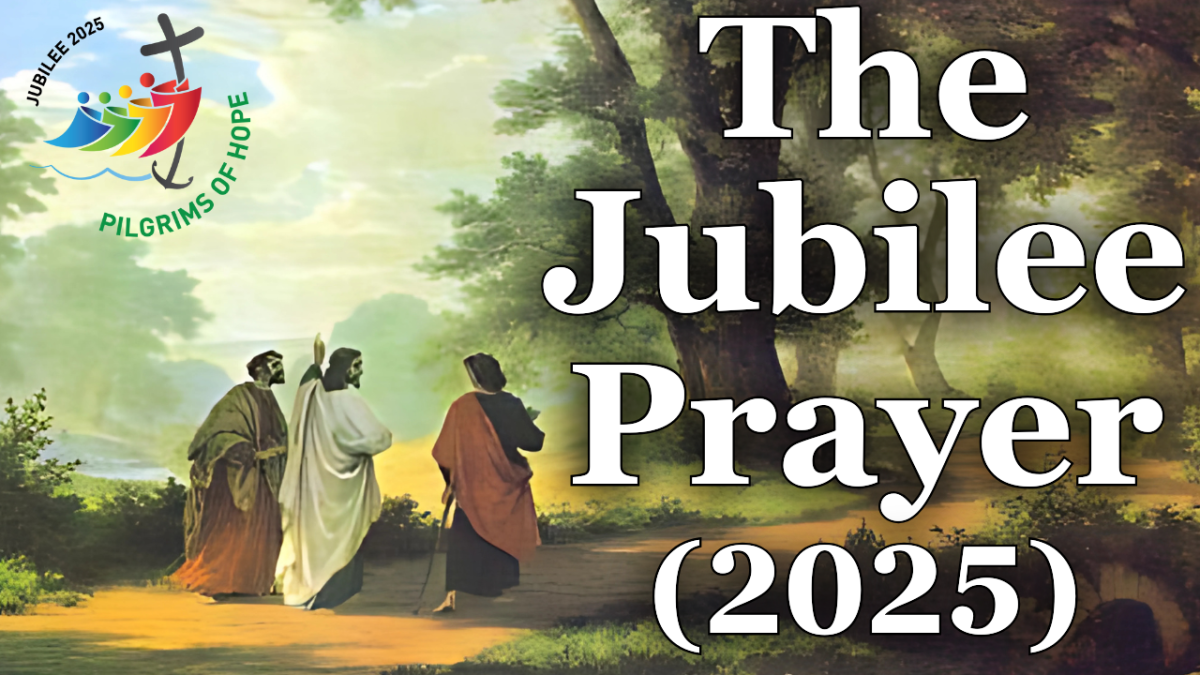
Tag: catholic news
-

The Apparition of St. Raphael in Córdoba, Spain (16th Century)
Read More: The Apparition of St. Raphael in Córdoba, Spain (16th Century)The Apparition of St. Raphael in Córdoba, Spain (16th Century) ✨ A Heavenly Messenger in Troubled Times In the heart of Córdoba, Spain, during the 16th century, a miraculous event took place that reaffirmed the city’s deep Catholic faith. St. Raphael the Archangel, known as the angel of healing and divine guidance, appeared to a…
-

Prayer for Break Unholy Ties, Curses, Spells, Seals & Consecrations Prayer
Read More: Prayer for Break Unholy Ties, Curses, Spells, Seals & Consecrations PrayerPrayer To Break Unholy Ties This prayer is used when the victim has had a long-standing relationship with person(s) involved with the occult or has communicated with “imaginary friends,” spirit guides, ascended masters, “elementals, ” “wandering souls,” etc. In the Name of Jesus, I break any unholy ties, links, and bondages between myself and X and all…
-

Pray This 9-Hour Novena for an Urgent Need!
Read More: Pray This 9-Hour Novena for an Urgent Need!Many Catholics are familiar with the concept of a novena, which involves praying for nine consecutive days for a particular intention. While this is often very effective, some are in need of a more urgent response from God, and turn to a 9-hour novena prayed in a single day. The novena can also be prayed for nine consecutive…
-

Catholic Man Protected His Home From L.A Wildfire Through Epiphany House Blessing
Read More: Catholic Man Protected His Home From L.A Wildfire Through Epiphany House Blessing“A thousand may fall at your side, ten thousand at your right hand, but it will not come near you.” Psalm 91:7 This Bible verse emphasizes God’s protection and care for those who trust in Him. Amen Catholic man’s house in Altadena miraculously spared from fire. He gives credit to God through the gace received from the…
Search
Popular Posts
-
🙏 A New Chapter Begins: Supporting Pope Leo XIV with Prayer and Hope | W/ Daniel O’Connor
“Give the new pope a break and support him with your prayers.”–…
-
Possible Candidates for The Next Pope!
Some Candidates for the New Papacy Today we will share with you…
Categories
Archives
Tags
#Miracles (103) 2023 (4) 2024 (4) approved miracles (2) catholic (142) catholic blog (376) catholic meditations (7) catholic miracles (372) catholic motivation (2) catholic news (372) catholic prayers (4) CatholicSeers (359) catholic vlog (376) catholic websites (6) Eucharistic miracle (2) fr jim blount (3) GisellaCardia (11) hamas (3) imitation of christ (2) Israel (4) israel live (5) Israel news (9) jesus (3) jesus christ (4) Latest messages (11) lent 2023 (10) lent 2024 (4) lent homily (2) lent retreat (4) lent retreat 2023 (3) Lourdes (2) messages from god (6) MessagesFromHeaven (365) miracles of catholic church (2) mother and refuge (2) ourlady (325) OurLadyApparitions (22) our lady of lourdes (2) Pope (2) POPE francis (3) pope francis news (2) prayers (3) real miracles (357) sacred heart of jesus (2) The Miracles of Lourdes (2)









